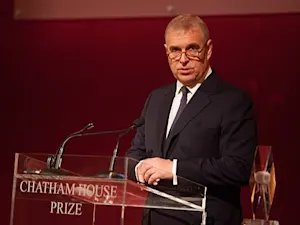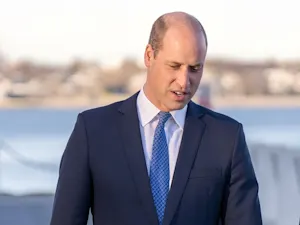
How Spain's 'Watergate Scandal' Tore Apart a Nation
Protest against the Popular Party in front of its headquarters on Génova Street in Madrid, February 2013. Photo courtesy of Popicinio under CC BY-SA 2.0.
In a scandal that sent shockwaves through Spain, the Gürtel case — often dubbed "Spain's Watergate" — exposed a web of corruption that reached the highest levels of government. This scandal, characterized by illegal dealings, bribery, and public betrayal, led to the downfall of a prime minister and shattered public trust in the country's political system.
The Betrayal That Sparked the Scandal
The Gürtel scandal began to unravel in 2007 when José Luis Peñas, a town councilor and former ally of businessman Francisco Correa, made a bold decision. Despite being close to Correa, Peñas had grown suspicious of his partner's activities. Over 18 months, Peñas secretly recorded conversations revealing Correa's involvement in rigging public contracts in collaboration with local politicians. These recordings became the cornerstone of a case that would eventually implicate numerous members of the Popular Party (PP), one of Spain's most powerful political entities.
The Corruption Network Uncovered
The investigation into the Gürtel network uncovered a sprawling corruption scheme that spanned multiple regions in Spain. Francisco Correa, the central figure in this scandal, masterminded a network that exchanged bribes for lucrative public contracts. The scheme involved local politicians, businessmen, and even high-ranking members of the PP. These illegal activities were meticulously documented, with bribes being carefully logged and hidden in offshore accounts.
As the investigation expanded, more figures were implicated. By 2009, the scandal had reached a critical point, with police conducting raids across the country and uncovering detailed evidence of the corruption. This evidence, including a USB stick seized from Correa's accountant, provided a damning account of the network's operations, further intensifying public outrage.
The Fall of a Prime Minister
The Gürtel case reached its peak when Mariano Rajoy, then the Prime Minister of Spain, was forced to testify in court. Rajoy's testimony, filled with denials, did little to quell suspicions. His involvement in the scandal, whether direct or indirect, ultimately led to a vote of no confidence, making him the first sitting Spanish prime minister to be removed from office in this manner. The scandal not only brought down Rajoy but also deeply tarnished the reputation of the PP, which was found to have benefited directly from the Gürtel network.
The Aftermath and Spain's Struggle With Corruption
In the wake of the Gürtel scandal, Spain's political landscape was irrevocably altered. The public's trust in their leaders was shattered, and the traditional two-party system was destabilized as new political forces, like Podemos and Ciudadanos, gained prominence.
Despite the convictions and the fallout from Gürtel, corruption remains a persistent issue in Spain. The Socialist Workers' Party (PSOE), which took power after Rajoy's ousting, pledged to combat corruption, but the problem continues to plague the nation. The Gürtel case, while significant, is just one of many corruption scandals that have marred Spain's recent history.
The Gürtel scandal, Spain's Watergate, left an indelible mark on the nation's political fabric. As the courts continue to unravel the full extent of the corruption, the case serves as a stark reminder of the dangers posed by unchecked power and the ongoing struggle to restore integrity in public office.
References: Spain's Watergate: inside the corruption scandal that changed a nation | AFTER GÜRTEL, WHAT NEXT FOR SPAIN'S STRUGGLE WITH POLITICAL CORRUPTION?























